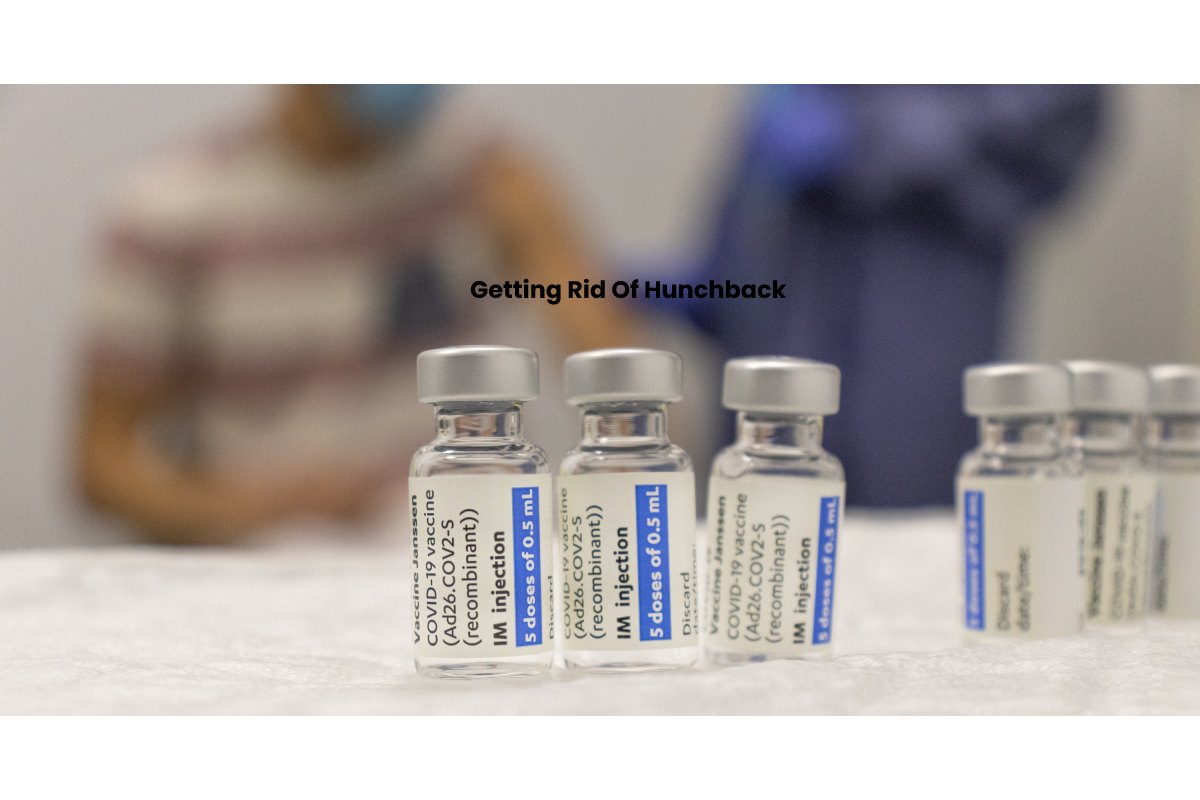Table of Contents
What Is A Hunchback
Hunchback or a round back is also known as kyphosis usually refers to an abnormally curved spine. The upper back, or thoracic region of the spine, has a natural slight curve. The spine naturally curves in the neck, upper back, and lower back to help absorb shock and support the weight of the head. Kyphosis occurs when this natural arch is larger than normal. Some people with kyphosis have back pain and stiffness. and others may have no symptoms other than an exaggerated forward rounding of the back. Kyphosis in older women is known as dowager’s hump. It is most common in older women and is often related to osteoporosis.
In addition, people with kyphosis appear to be slouching and have noticeable rounding of the shoulders. Kyphosis can lead to excess pressure on the spine, causing pain. It may also lead to breathing difficulties due to pressure put on the lungs. Treatment includes medication for pain, physiotherapy and sometimes surgery.
Types Of Hunchback
Kyphosis can affect people of any age. The three most common types of kyphosis are postural kyphosis, Scheuermann’s kyphosis and congenital kyphosis.
- Postural Kyphosis: The most common type of kyphosis, postural kyphosis usually happens during the teenage years. Slouching or poor posture stretches the ligaments and muscles holding the vertebrae (spinal bones) in place. That stretching pulls the vertebrae out of their normal position, causing a rounded shape in the spine.
- Scheuermann’s Kyphosis: It happens when the vertebrae have a different shape. Instead of being rectangular, the vertebrae have a wedge shape. The wedge-shaped bones curve forward, making the spine look rounded.
- Congenital Kyphosis: Congenital means a condition you are born with. People with congenital kyphosis were born with a spine that didn’t develop properly before birth.
Causes Of Hunchback
Kyphosis can affect people of any age. Most potential causes of Hunchback are as follows:
- Fractures – Broken vertebrae can result in curvature of the spine. Compression fractures, which can occur in weakened bone, are the most common. Mild compression fractures often don’t produce noticeable signs or symptoms.
- Osteoporosis – Weak bones can cause spinal curvature, especially if weakened vertebrae develop compression fractures. Osteoporosis is most common in older women and people who have taken corticosteroids for long periods of time.
- Disk degeneration – Soft, circular disks act as cushions between spinal vertebrae. With age, these disks flatten and shrink, which often worsens kyphosis.
- Scheuermann’s disease – Also called Scheuermann’s kyphosis, this disease typically begins during the growth spurt that occurs before puberty.
- Other problems – Spinal bones that don’t develop properly before birth can cause kyphosis. Kyphosis in children can also be associated with certain medical conditions, such as Ehlers-Danlos syndrome.
Other causes of kyphosis include:
Ageing, especially if you have poor posture
Muscle weakness in the upper back
Arthritis or other bone degeneration diseases
Slipped discs
Scoliosis, or spinal curvature
The following conditions less commonly lead to kyphosis:
infection in the spine
birth defects, such as spina bifida
tumours
diseases of the connective tissues
polio
Paget disease
muscular dystrophy
Treatment for Hunchback or kyphosis
Seek treatment if the kyphosis is accompanied by pain, breathing difficulties and fatigue. Since much of bodily movement depends on the health of the spine, including flexibility, mobility and activity. Treatment for kyphosis will depend on its severity and underlying cause. Getting treatment to help correct the curvature of the spine may help to reduce the risk of complications later in life, including arthritis and back pain. Here are some of the more common causes and their treatments:
Scheuermann’s disease: A child may receive physical therapy, braces, or corrective surgery.
- Tumours: Typically, tumours are only removed if there’s a concern for spinal cord compression. If this is present, the surgeon may try to remove the tumour, but frequently this destabilizes the bone. In such cases, a spinal fusion is often also necessary.
- Osteoporosis: It’s essential to treat bone deterioration to prevent kyphosis from worsening. Medications can treat this.
- Poor posture: Posture exercises can help. This won’t need aggressive treatments.
The following treatments may also help relieve the symptoms of kyphosis:
- Medication can relieve pain, if necessary.
- Physical therapy can help build strength in the core and back muscles.
- Yoga may increase body awareness and build strength, flexibility, and range of motion.
- Losing excess weight can relieve the extra burden on the spine.
- Wearing back braces may help, especially in children and teens.
- Surgery may be needed in severe cases.
Preventive Measures To Avoid A Hunchback
Steps to prevent kyphosis:
- Maintain good posture.
- Strengthen abdominal and back muscles.
- Maintain a healthy weight.
- Carry bags or schoolbooks and supplies in a sturdy backpack or roller bag.
- Exercise to strengthen the body and stay flexible.
Kyphosis can return, even after treatment. Take steps to stay healthy and strong. Talk to the healthcare provider about what should be done to prevent kyphosis from coming back.
Conclusion
Kyphosis is a spinal condition. In people with kyphosis, the spine curves outward more than it should. As a result, the upper back looks overly rounded. The curvature can make people look hunched or slouching. People sometimes call it hunchback or round back. Kyphosis happens in about 0.04% to 10% of school-age kids (up to one in 10 children, or as many as 5.6 million in the U.S.). Scheuermann’s kyphosis makes up most of those cases. Most people with kyphosis receive a diagnosis when they are 12 to 17 years old. Boys have Scheuermann’s kyphosis about twice as often as girls do.

